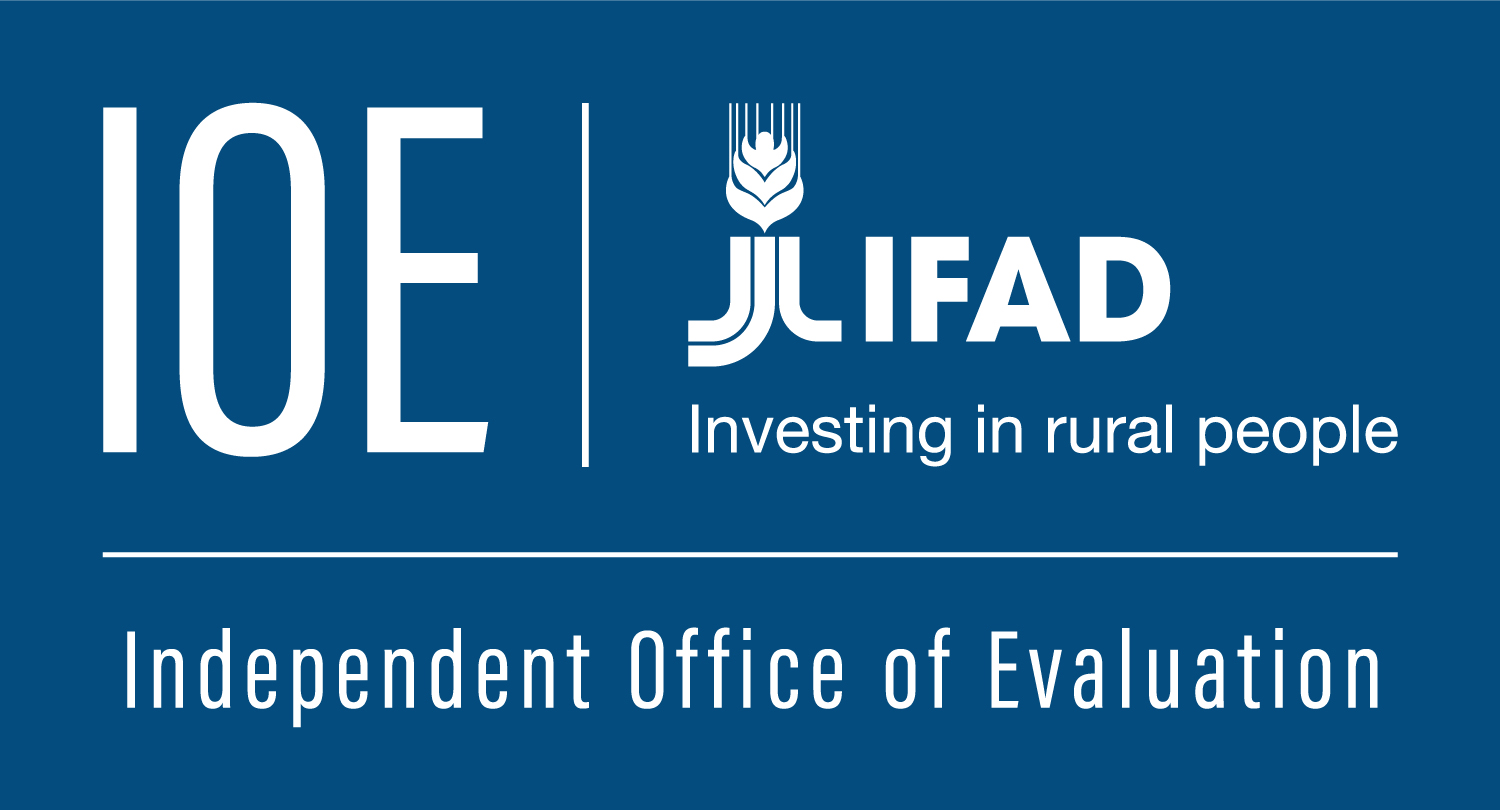
Impact Evaluation of the Jharkhand-Chhattisgarh Tribal Development Programme in India
The Jharkhand-Chhattisgarh Tribal Development Programme was implemented between 2001 and 2012 in the two states in India. The programme's objectives were to empower tribal grass-roots associations and enhance their livelihoods through income-generating activities, increasing agricultural productivity and improved land and water use.
Whilst the focus of the evaluation was decisively on assessing impact, it also covered all the evaluation criteria adopted by IOE (e.g. relevance, effectiveness, efficiency, etc.) in order to facilitate a more comprehensive evaluation of the programme. The evaluation followed quasi-experimental methods, combining quantitative econometric and quantitative techniques. It entailed large amounts of primary data collection from treatment and comparison groups in the two states, which were triangulated with other sources of evidence.
The programme had positive impacts on the target groups. For instance, it reduced the number of people living under the poverty line (US$1.25) within the target group, as compared to those the programme did not support. In addition, it increased incomes and paddy productivity for members of the target group. Notwithstanding the above, the impact evaluation finds that the programme's design was too complex, encompassing many activities covering two states under a single loan. In general, more attention to diversification of the productive base of the rural poor and a sharper targeting would have contributed to enhanced results.

